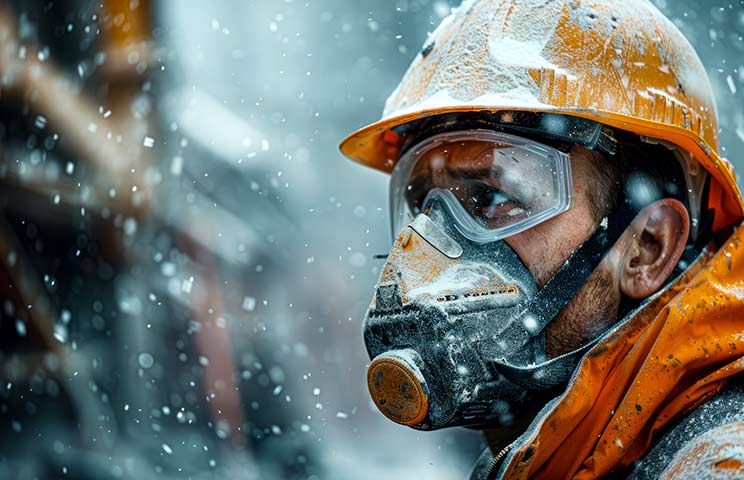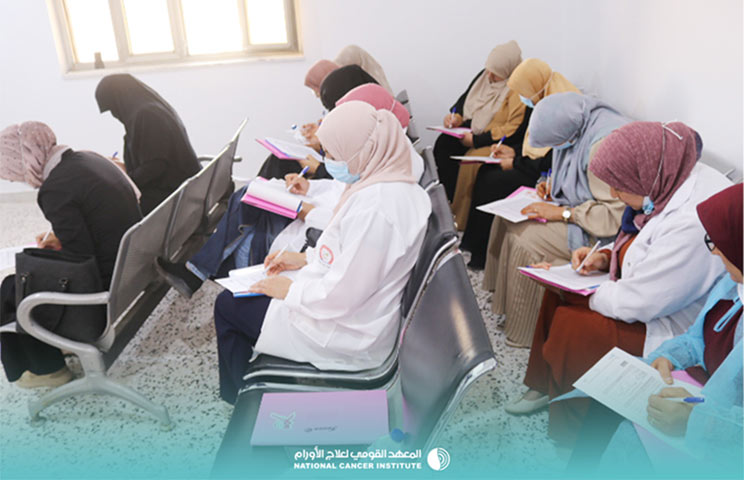More
22 January 2024
Cancer mortality in chrysotile miners and millers, Russian Federation: main results (Asbest Chrysotile Cohort Study)
An international research group of scientists from the International Agency for Research on Cancer (IARC), the Izmerov Research Institute of Occupational Health (IRIOH) in Moscow (Russian Federation), the Yekaterinburg Medical Research Center for Prophylaxis and Health Protection in Industrial Workers (Russian Federation), and the Institute for Risk Assessment Sciences, Utrecht University (The Netherlands) reports the main results on cancer mortality from a historical cohort study of workers employed in the world’s largest chrysotile (asbestos) mine and its enrichment factories located in the town of Asbest, Sverdlovsk Oblast, Russian Federation. These results were published today in the Journal of the National Cancer Institute.
The study was based on company employment records of all workers who had, after 1975, worked for at least 1 year in any enterprise of the mine or its factories; all of those enterprises had systematic stationary dust measurement surveillance. The cohort includes 30 445 workers (32% women), of whom 54% had worked for more than 30 years in the mine or enrichment factories. Cohort members were followed up for vital status and cause of death until 2015.
Mesothelioma mortality was strongly increased with higher cumulative exposure levels, based on 13 deaths from this cause overall; none of those deaths occurred among workers in the lowest exposure category. There was increasing mortality from lung cancer in men with increasing cumulative exposure, with a 40% higher risk of dying from lung cancer in the highest percentile of cumulative exposure. In women, based on much smaller numbers of deaths from lung cancer, the association was less strong. Inconsistent associations were seen between cumulative exposure and mortality from colorectal cancer and stomach cancer. No increased mortality was seen for laryngeal cancer or ovarian cancer.
The study confirms that exposure to dust containing chrysotile mined in the world’s largest active asbestos mine increases the risk of developing cancer in a dose-dependent manner. This was confirmed for mesothelioma and for lung cancer. For lung cancer, it suggests an interplay with other lung carcinogens, especially tobacco smoking, and perhaps also with other occupational exposures, which may be why the increased risk was clearer in men and at lower exposure levels than in women.
The unique feature of the study is the reconstruction of past exposures to dust for every individual worker, by linking the wealth of information of almost 100 000 dust measurements carried out over more than six decades with the detailed occupational history of workers from their employment records of when and exactly where each worker worked in the mine or factories. Also, based on parallel dust and fibre measurements, cumulative exposure to chrysotile fibres could be estimated. Access to the original death certificates enabled a unified classification of causes of death according to international guidelines using the most up-to-date medical classification of disease. Limitations are inherent in the epidemiological study design of an archive-based approach with no personal contact with workers.
Schüz J, Kovalevskiy E, Olsson A, Moissonnier M, Ostroumova E, Ferro G, et al.
Cancer mortality in chrysotile miners and millers, Russian Federation: main results (Asbest Chrysotile Cohort Study)
J Natl Cancer Inst, Published online 22 January 2024;
https://doi.org/10.1093/jnci/djad262
Other news

IARC at the International Congress on Occupational Health 2024
Researchers from the International Agency for Research on Cancer (IARC) will present during the 3...
26.04.2024
Read more

IARC Director addresses policy-makers and health workers in Brazil to mark 50 years of FOSP
Dr Elisabete Weiderpass, Director of the International Agency for Research on Cancer (IARC), will...
25.04.2024
Read more

Breast cancer early detection: training of master trainers in Libya
About 50 nurses and midwives from the main polyclinics in Misrata, Libya, have been trained on th...
25.04.2024
Read more